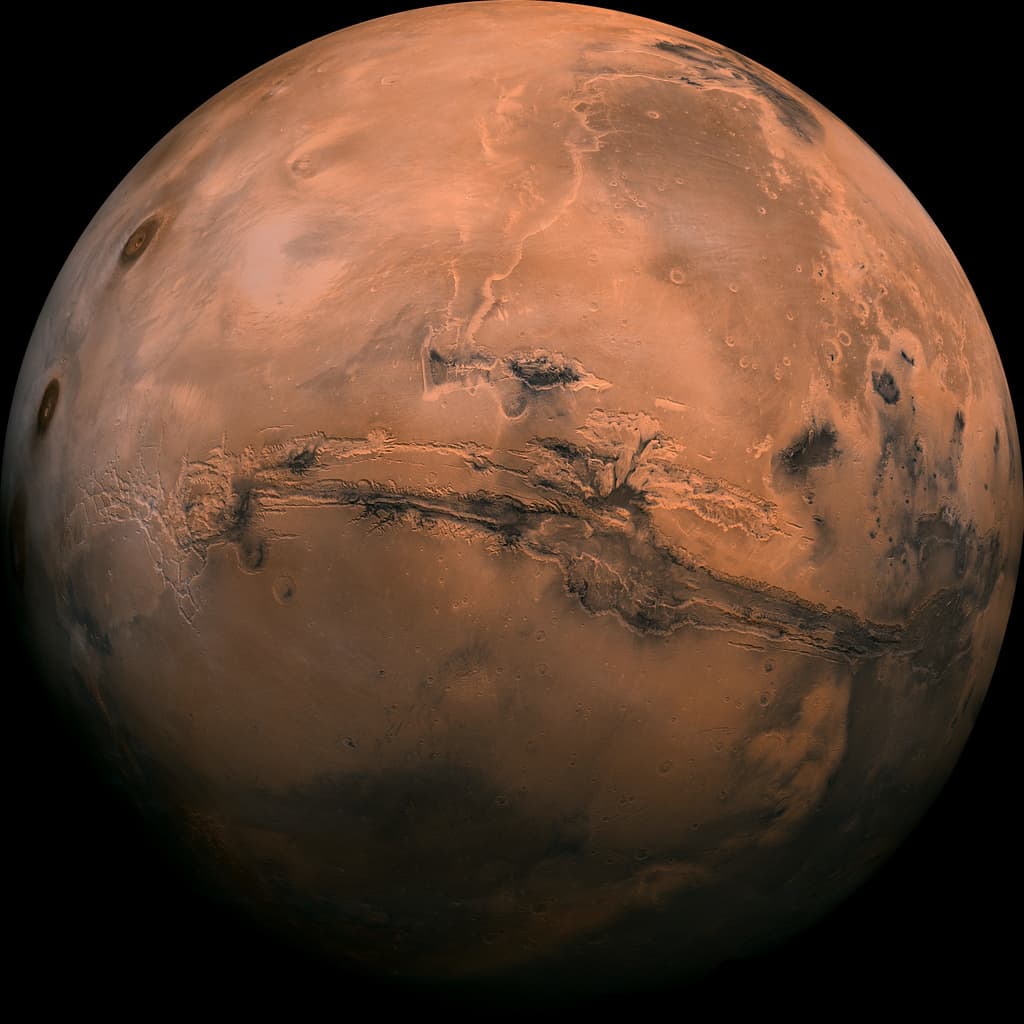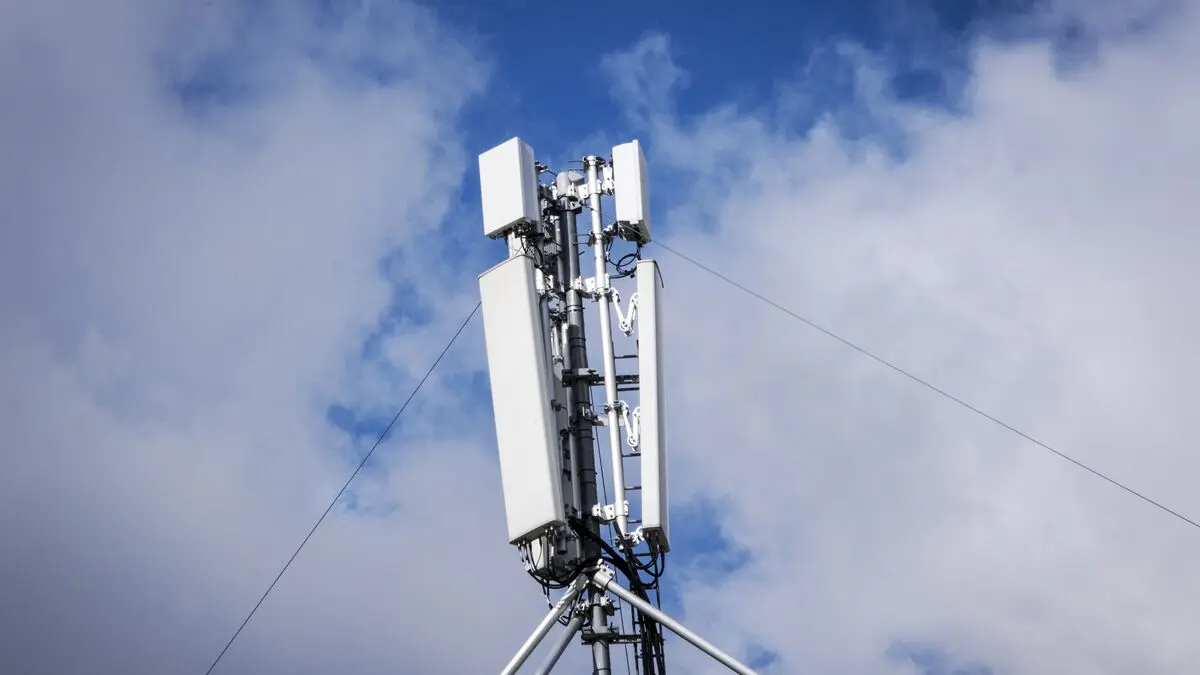Meteors the size of basketballs hit Mars daily, five times more often than researchers previously thought.
A NASA space probe, which landed on Mars in 2018, has enabled researchers to listen to the planet's internal rumble for the first time to measure the impacts. It turned out to be more accurate than looking at images taken from a distance – not least because the planet's frequent dust storms often lead to poor visibility.
Every year, between 280 and 360 meteors hit, with blasts that create approximately eight-meter-wide craters.
Mars, which is roughly twice as large as the moon, is located near the solar system's largest asteroid belt, making the planet extra vulnerable. Moreover, Mars' atmosphere is a hundred times thinner than Earth's, which means that meteors more often hit Mars' surface – while they burn up in Earth's atmosphere.





